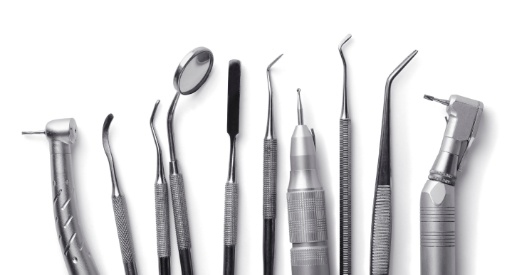Deep Drawn Products That Dentists Use
Deep Drawn Products That Dentists Use
June 23, 2015

When it comes to the medical industry, there are few places more intimidating than the dentist’s office. No matter what gizmo the dentist is using, to the patient it no doubt appears absolutely medieval. To us, the strange looking contraptions used to peer and poke around in our mouths have the ominous look of something intended for far more sinister purpose.
After all of the fuss however, we all discover very quickly that in the hands of a dedicated professional, these devices are important tools in the care and protection of our precious, and only, set of teeth. The craftsmanship and quality of the delicate instruments might not be foremost in our minds, but they definitely are to the manufacturers who create them, as well as the skilled hands that use them every day.
The deep draw process has long been used in the production of the casings and protective shells for many of these delicate precision instruments. With a wide selection of available materials, highly accurate tolerances, and a vast array of possible finishes and coatings, deep drawn products have become one of the premier choices for manufacturing medical and dental instruments.
Dentists of today have a variety of sophisticated and elegant tools at their disposal. As a prime example, the advent of laser technology has provided new and innovative methods for performing exceedingly detailed procedures that previously would have required invasive surgery. Developing a laser system that is controllable enough for surgical work was no small task, however. Designers knew that the tool casings would need to be precise, durable, ergonomic, and constructed from sophisticated materials, all at a cost that made economic sense.
As a deep drawn product, the new laser technology devices became reality. With the ability to craft high precision casings from a variety of rare and exotic materials, quickly and with low cost, the application of deep drawn technology has made even intricate devices such as these both possible and affordable.
Deep drawn products have found their way into the medical and dental industry worldwide. The speed and low cost-per-part of the deep draw process provides excellent economic value to the industry, while the ability to craft high precision components from a host of different materials provides the versatility needed to remain a preferred provider.


